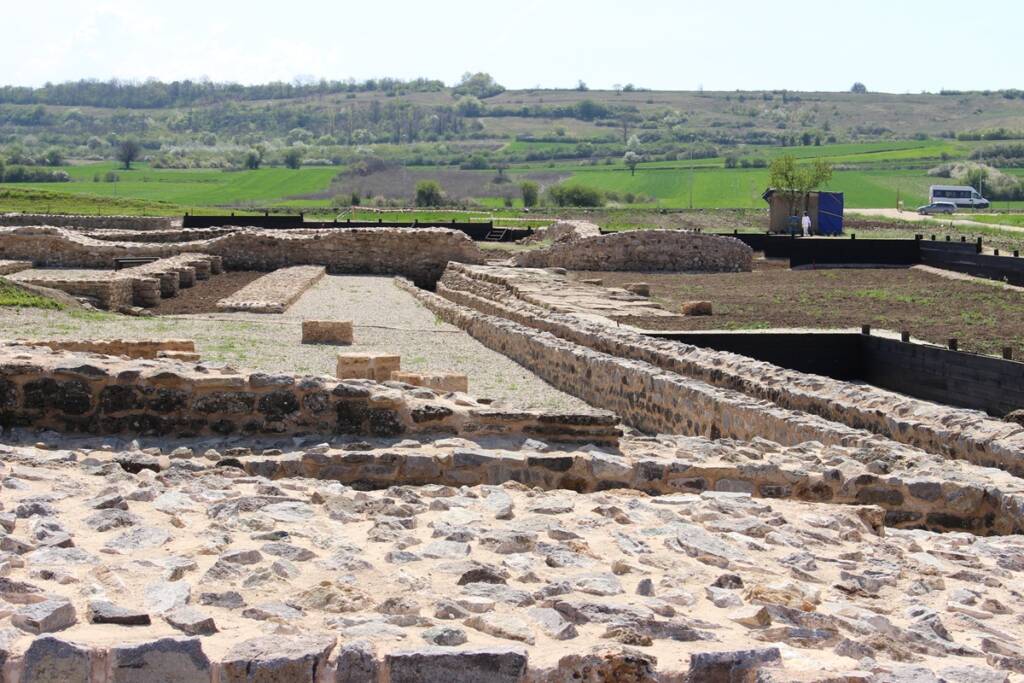Archaeology in Kosovo

Archaeology in Kosovo: Unveiling the Ancient Heart of the Balkans
Kosovo, though small in size, is a treasure trove for archaeology enthusiasts. Its rich cultural landscape is dotted with ancient ruins, prehistoric settlements, Roman cities, and medieval heritage sites that tell the story of civilizations that shaped the Balkans. From mountain valleys to fertile plains, Kosovo’s archaeological wonders offer both history and breathtaking scenery, making it a must-visit destination for cultural travelers.
Whether you’re a passionate historian or simply curious about the past, exploring Kosovo’s archaeological parks and ancient cities promises unforgettable discoveries.
Ulpiana – The Ancient Roman City Near Pristina
Just outside Kosovo’s capital lies Ulpiana, one of the region’s most important Roman-era cities. Founded in the 2nd century AD, it was a flourishing center of trade, culture, and governance in the province of Dardania.
Highlights include:
-
Impressive ruins of Roman streets and city walls
-
Basilica remains with early Christian mosaics
-
The reconstructed city gate and defensive towers
-
Ongoing archaeological excavations bringing new discoveries
Easily accessible from Pristina, Ulpiana is the perfect introduction to Kosovo’s ancient past.
Prizren Fortress – Layers of History Over the City
Overlooking the vibrant city of Prizren, the Prizren Fortress dates back to Illyrian times but saw major expansions under Byzantine, Serbian, and Ottoman rule. The site offers a living timeline of Kosovo’s layered history.
Visitors can explore:
-
Stone fortifications with panoramic views of Prizren
-
Archaeological findings revealing Roman and medieval settlements
-
Ottoman-era structures within the fortress grounds
Combine your visit with a walk through Prizren’s old town for an immersive cultural journey.
Vendenis – A Roman Settlement in the Llapi Valley
Located near Podujeva, Vendenis was a key Roman settlement and military station on the Via Lissus-Naissus trade route. Excavations here have uncovered fascinating artifacts from the 2nd to 4th centuries AD.
Attractions include:
-
Early Christian basilicas and mosaics
-
Roman baths and burial sites
-
Archaeological finds displayed in Kosovo’s museums
Vendenis offers a glimpse into the strategic importance of Kosovo during the Roman Empire.
Harilaq Fortress – Traces of Late Antiquity
Perched on a hill near Fushë Kosova, the Harilaq Fortress is a late Roman and early Byzantine site dating back to the 4th–6th centuries. Its strategic location once guarded the route between Ulpiana and the Dukagjin plain.
What to see:
-
Defensive walls and towers
-
Remains of a central church and settlement structures
-
Breathtaking views across the Kosovar landscape
Harilaq is ideal for travelers seeking a quiet, off-the-beaten-path archaeological adventure.
Gadime Cave – Nature Meets Prehistory
While not a traditional archaeological site, the Gadime Marble Cave is a natural wonder with prehistoric significance. This underground labyrinth of crystal formations has long been part of local lore and history.
Visitors can explore:
-
Stunning stalactites and stalagmites
-
Rare marble crystal formations unique to the Balkans
-
Guided tours that combine geology, history, and legend
Explore Kosovo’s Timeless Heritage
Kosovo’s archaeological legacy stretches across millennia, from prehistoric settlements to Roman cities and medieval fortresses. With its authentic atmosphere, uncrowded sites, and welcoming culture, Kosovo is becoming an exciting destination for archaeology tourism in the Balkans.
Plan your journey today and uncover the hidden treasures of Archaeology in Kosovo – where history and nature meet in unforgettable harmony.
If you want to know more about archaeological sites in other Balkan countries, click here: www.beinbalkan.com
